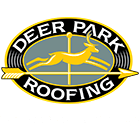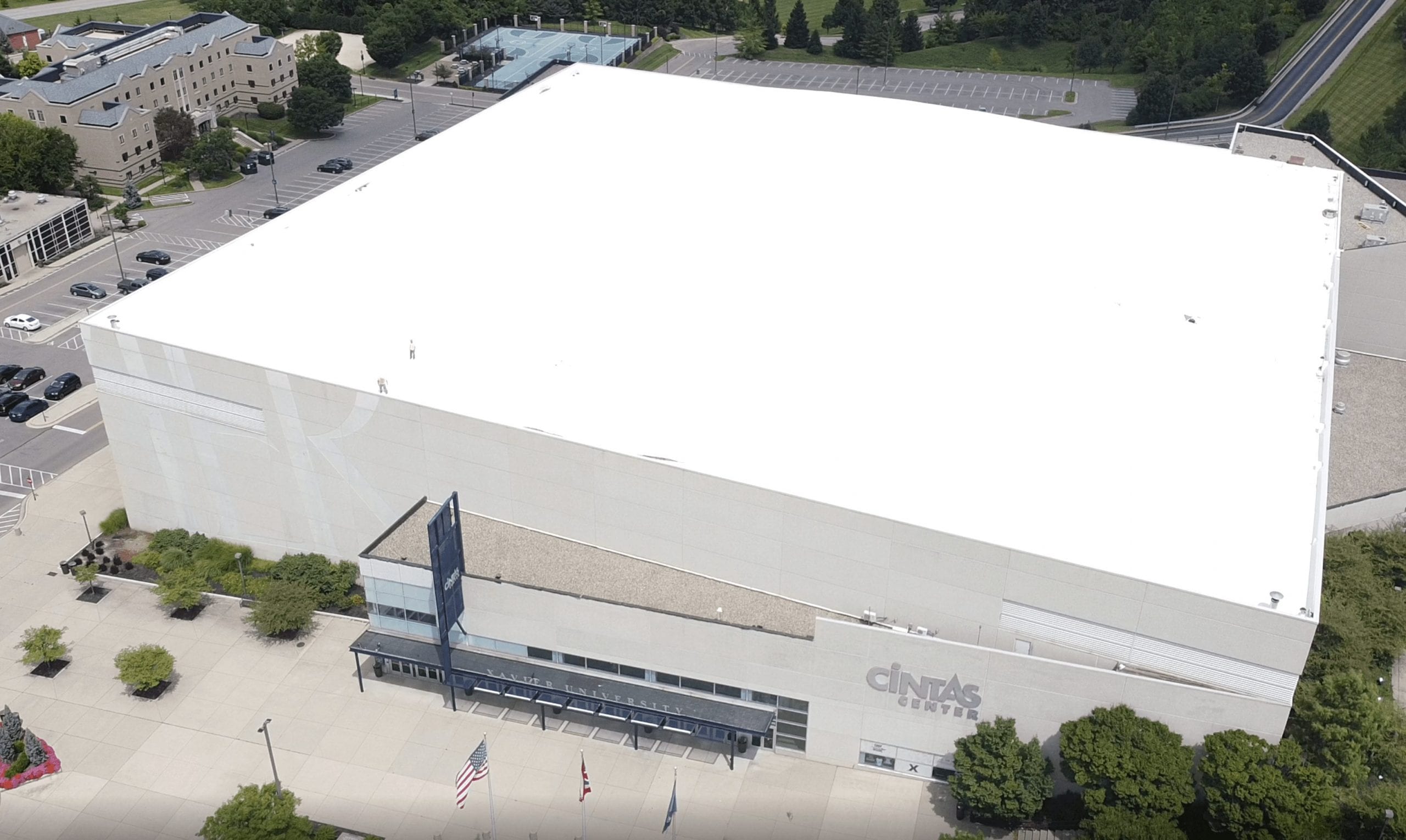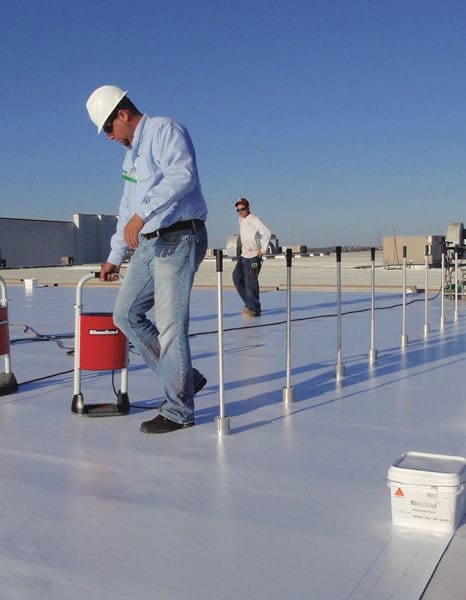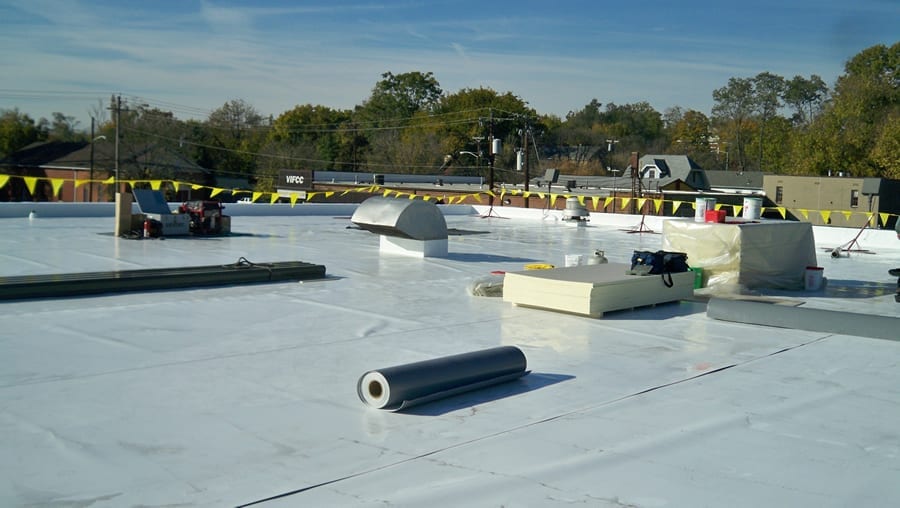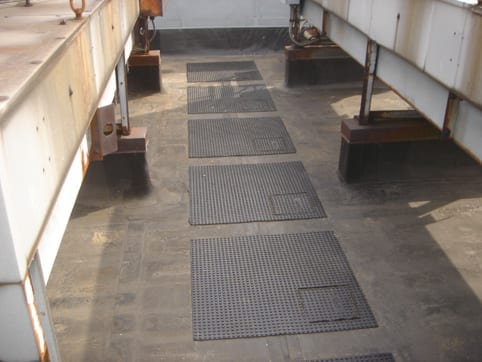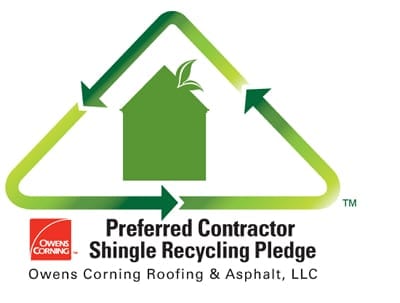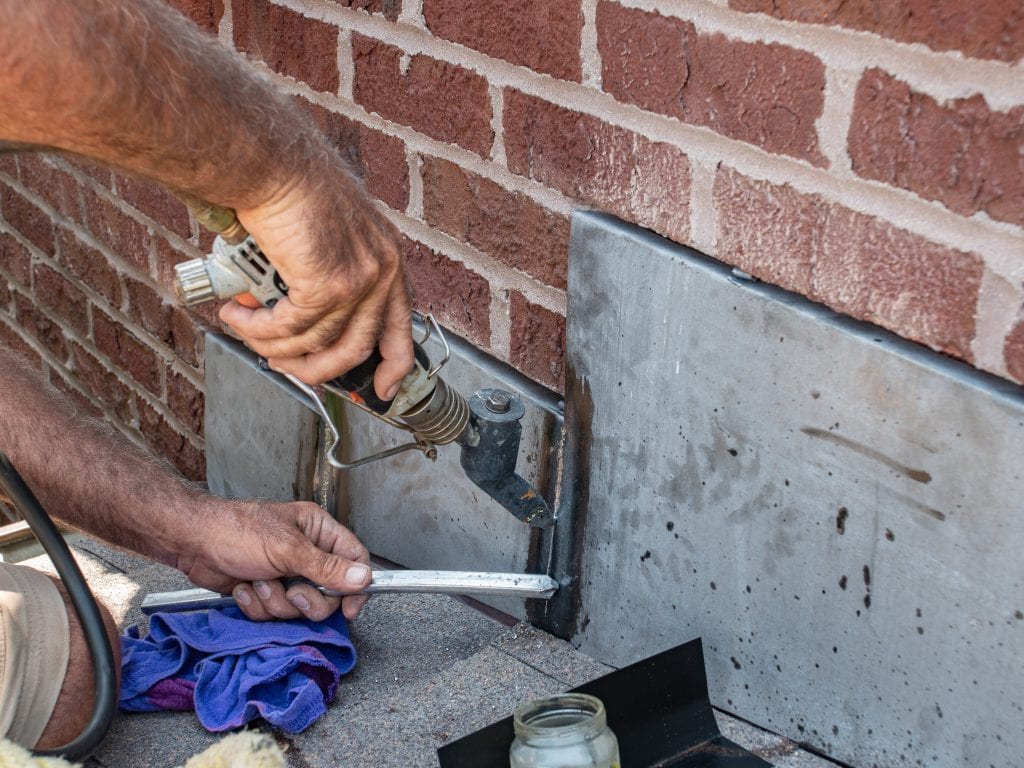Cincinnati, Columbus, Florence, Louisville & Indianapolis Commercial Roofing Systems
Commercial low sloped roofing systems have a variety of components that are used together to protect buildings against moisture, wind, fire, and heat transfer. There are different types of roof decks, vapor retarders, roof insulation, cover boards, attachment methods, and roofing membranes. There are so many different types of roofing systems that insurer Factory Mutual has nearly one million approved systems in its database. Its important to choose the right commercial roof system for your building so we will describe some of the components for your consideration.
The Roof Deck
A good low sloped roofing system begins with a dry, safe, and secure roof deck. The most common types found within commercial roof systems are wood, steel, and concrete.
- Wood roof decks consist of plywood, OSB, or wood planks. If any roof leaks have occurred for significant periods of time, deteriorated or damaged wood must be replaced when a new membrane roof system is installed.
- Steel decks are more common than wood decks and are also very durable. Steel decks can be attached to the framing with fasteners or it can be welded to the purlins.
- Structural concrete roof decks are also common in commercial and industrial buildings. It is important that the concrete is cured and dry before a new roof system is installed.
Vapor Retarders
Vapor retarders are a good idea in cold climates such as Louisville and Cincinnati, especially when the interior of a building has relatively high levels of humidity. The laws of thermodynamics tell us that air pressure, heat, and moisture within our buildings attempt to equalize themselves. This means that air movement occurs in the following scenarios: hot air moves towards cold air and moist air moves to dry air. Air movement can be problematic within a roof assembly. If warm and moist air from the inside of a building is able to escape into a roof system, it will likely condense when it migrates all the way to the roof membrane during cold days.
Since the roof membrane itself is an excellent air retarder and it prevents moisture from entering (and exiting) the building, condensation will have a negative impact on the rest on the components within the roof system. Condensation will damage roof insulation such as polyisocyanurate as well as roof decks such as wood or steel. A vapor retarder placed beneath the warm side of the insulation will prevent moist air from entering the roofing system and is an excellent roof system component to prevent damage caused by condensation. Common types on vapor retarders include polyethylene and polymer modified bitumen.
Roof Insulation
Roof insulation is typically installed above the roof deck on most membrane systems and the most common products used are rigid foam insulation boards. Most building codes in the Cincinnati and Louisville areas require the roof system to have a minimum R-value of 25. Common types rigid foam insulation are expanded polystyrene or EPS, extruded polystyrene or XPS, and polyisocyanurate.
The most widely used commercial and industrial roof insulation board today is polyisocyanurate. According to several polyisocyanurate manufacturers, the long-term thermal resistance (LTTR) of polyisocyanurate is R-5.7 per inch. When a new roof is installed and polyisocyanurate in used, approximately 4.5 inches of insulation is required to reach R-25.
To avoid thermal voids or gaps in the rigid insulation boards, a minimum of 2 layers of insulation should be installed with the seams staggered. If the roof deck is structurally sloped towards the roof drains or gutters, insulation with consistent board thickness can be installed. However, when the roof deck is flat or water needs to be diverted to roof drains or gutters, a tapered insulation system can be designed to ensure the roof has enough slope to provide positive drainage.
Cover Boards
Cover boards are beneficial to a roof system in a number of different ways. They can provide fire protection, additional R-value, add compression strength, and provide impact resistance. Cover boards protect a roof system from foot traffic, other trades, and hail. They can also deliver greater wind uplift resistance and hide imperfections in the rigid insulation boards. Common types of cover boards that can be found on a roof system include perlite, gypsum, fiberglass, HD polyiso, and wood fiber.
Attachment Methods
The products in roof assembly can be attached in a number of different ways. The four most common attachment methods in commercial roof systems are adhered, ballasted, mechanically attached, and electromagnetic induction welded.
